 Book Description
Book Description
As more and more of our work is done through a web browser, and more businesses build web rather than desktop applications, users want web applications that look and feel like desktop applications. Ext JS is a JavaScript library that makes it (relatively) easy to create desktop-style user interfaces in a web application, including multiple windows, toolbars, drop-down menus, dialog boxes, and much more. Both Commercial and Open Source licenses are available for Ext JS.
Ext JS has the unique advantage of being the only client-side UI library that also works as an application development library. Learning Ext JS will help you create rich, dynamic, and AJAX-enabled web applications that look good and perform beyond the expectations of your users.
From the building blocks of the application layout, to complex dynamic Grids and Forms, this book will guide you through the basics of using Ext JS, giving you the knowledge required to create rich user experiences beyond typical web interfaces. It will also provide you with the tools you need to use AJAX, by consuming server-side data directly into the many interfaces of the Ext JS component library.
What you will learn from this book?
- Create responsive forms
- Look at Web Applications from an entirely new perspective
- Learn to use the major UI components available in Ext JS
- Understand how external data can be consumed by Ext JS
- Query and process remote data into your application
- Use Layouts to bring all of the Ext JS pieces together
- Use Ext JS effects to manipulate the DOM in exciting ways
- Provide a consistent look and feel to your application using Components
- Change the visual style of Ext JS using theming support
- Find Custom Community Extensions to expand your applications
- Create your own custom library extensions
Approach
The book provides plenty of fun example code and screenshots to guide you through the creation of examples to assist with learning. By taking a chapter-by-chapter look at each major aspect of the Ext JS framework, the book lets you digest the available features in small, easily understandable, chunks, allowing you to start using the library for your development needs immediately.
Who this book is written for?
This book is written for Web Application Developers who are familiar with HTML but may have little to no experience with JavaScript application development. If you are starting to build a new web application, or are re-vamping an existing web application, then this book is for you.
About the Author
Shea has worked closely with the Ext JS creators since inception, and more recently the added development team to create cutting edge web-interactivity. His full time job at Mind Over Machines, as part of the User Experience Development team, allows him the freedom to explore the latest developments in the world of web applications and implement them in real-world requirements. In his free time, he enjoys mountain biking and skiing.
Colin Ramsay began his web career hacking around ASP websites in a part-time developer job when he was at university. Since then he’s been involved with a range of web technologies, which have provided a springboard for the formation of his UK-based web development company, run in tandem with his fledgling writing projects.
Cutter is the Senior Web Developer for Dealerskins, a Nashville, Tennessee based hosting provider that develops websites for the Automobile Dealership market. Cutter began his web career when he began learning HTML 1 while in the US Army and stationed with the National Security Agency. Cutter got into application development as a Corporate Support Specialist for a regional ISP, just prior to becoming the IT Director of Seacrets, a large resort destination on the Eastern Shore of Maryland. Cutter has extensive experience as a server- and client-side developer, with a popular blog dedicated to ColdFusion, Ext JS, and other web development technologies.
Book Details
- Paperback: 299 pages
- Publisher: Packt Publishing (November 28, 2008)
- Language: English
- ISBN-10: 1847195148
- ISBN-13: 978-1847195142
- File Size: 5.1 MiB
- Hits: 4,158 times
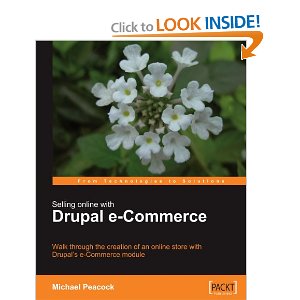 Book Description
Book Description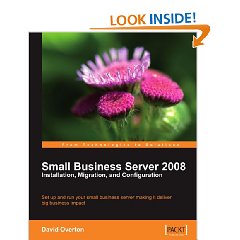 Book Description
Book Description Book Description
Book Description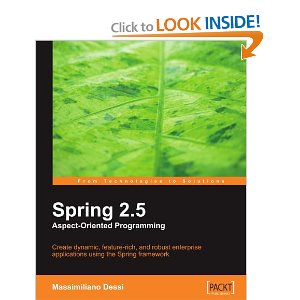 Book Description
Book Description Book Description
Book Description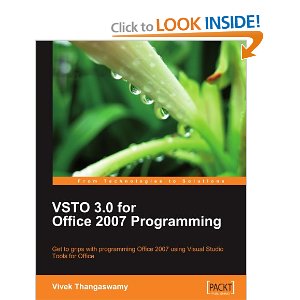 Book Description
Book Description Book Description
Book Description Book Description
Book Description Book Description
Book Description Book Description
Book Description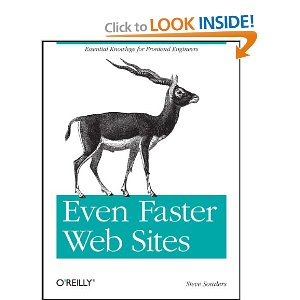 Book Description
Book Description Book Description
Book Description Book Description
Book Description Book Description
Book Description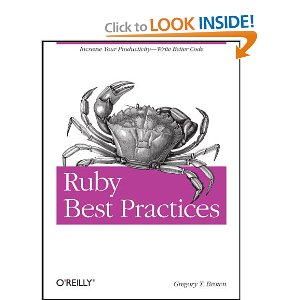 Book Description
Book Description Book Description
Book Description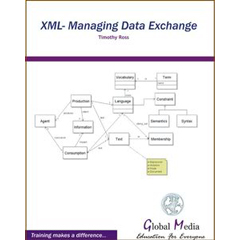 Book Description
Book Description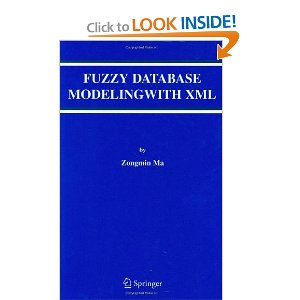 Book Description
Book Description Book Description
Book Description